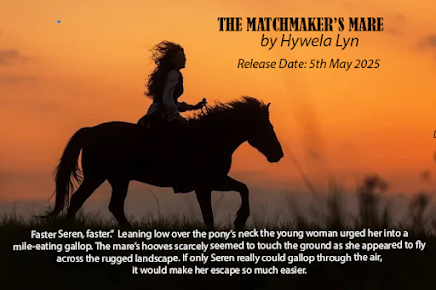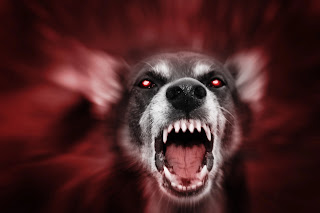Hello dear readers! It's been a while since I've posted here - I have been really busy and will have exciting news soon.
In the meantime I would like to repeat another Welsh legend for you today - I posted this story a while ago so please bear with me if you've read it before. Did you know that Wales has its own Atlantis?
The town of Aberystwyth, where I grew up, and lived most of my life, overlooks the beautiful Cardigan Bay, where dolphins and porpoises play with canoeists and surfers.
According to legend, there was once a prosperous, low lying kingdom, known as Cantre'r Gwaelod, which stretched along the coast where now the waves lap against the sandy shores.The kingdom was a community of merchants and princes and comprised sixteen thriving cities.
In order to protect the kingdom from the sea, a number of steep embankments were built, with gates, or sluices which were only opened if water was needed to irrigate the fields, and kept closed at high tide.
The Prince Gwyddno Garanhir ruled over the land, and he delegated the working of the sluices to the control of a man called Seithennin, described as a notorious drunkard. (Probably not the best choice for the job, one thinks.) One night he became so inebriated he forgot to close the sluice gates and the sea poured through, drowning the kingdom which vanished forever beneath the waves of Cardigan Bay. At times of danger it is said the bells ring out from the ocean's depths. A famous folk song 'The Bells Of Aberdovey' supposedly refers to the legend.

About seven miles along the coast from Aberystwyth, between the town and Aberdovey, lie the old fishing villages of Borth and Ynyslas, Every winter, after storms have scoured away the surface of the sand, at low tide large areas of peat appear, littered with tree stumps and fallen tree trunks. Radiocarbon dating suggests these trees died about 1500 BC. The remains of the ancient forest were especially evidenta few years ago, when fierce storms swept along the coast, causing much damage and uncovering fresh areas of peat.
And in 1770, Welsh antiquarian scholar William Owen Pughe reported seeing sunken human habitations about four miles off the Cardiganshire coast, between the rivers Ystwyth and Teifi.
So perhaps the idea of a submerged kingdom may be more than just a legend, after all.
I hope you've enjoyed hearing about today's legend. Do you know any other legends which bear a similarity to 'Atlantis'?








%20(1).jpg)











